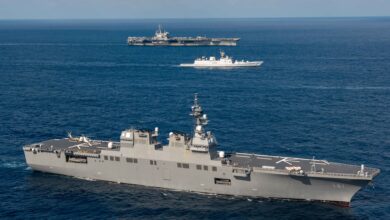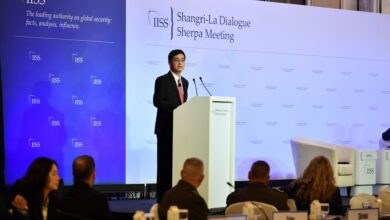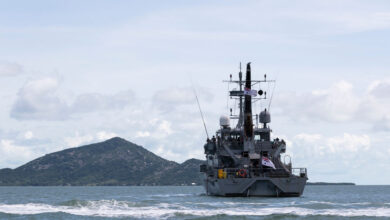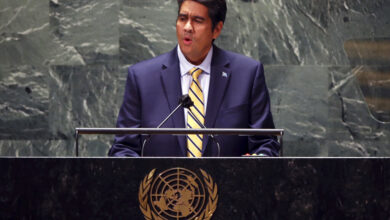After 17 years, China, Southeast Asia aim to sign initial deal for disputed South China Sea
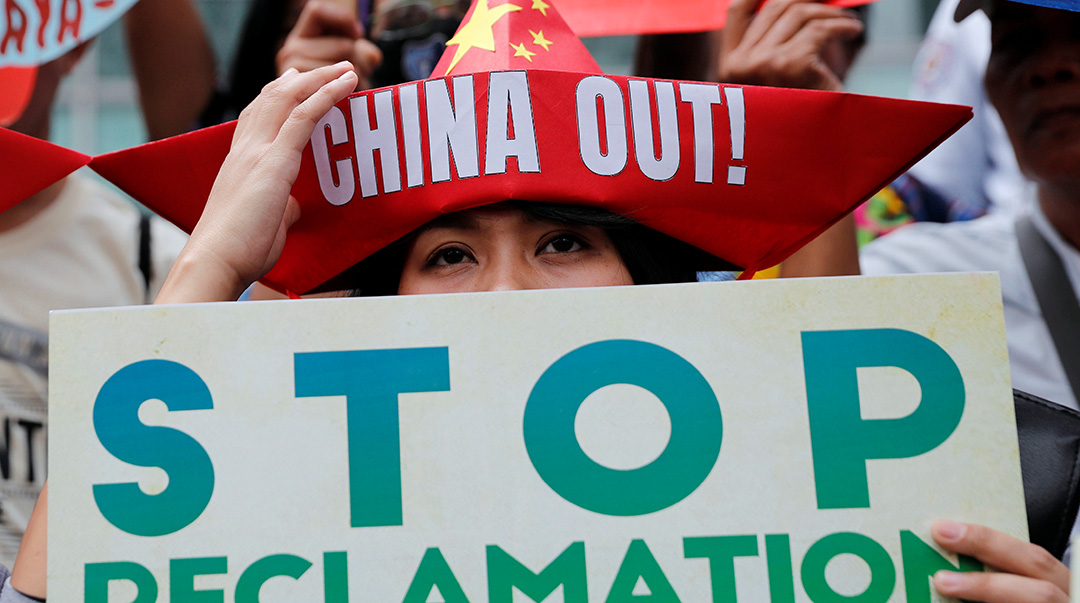
Voice of America
China and a group of Southeast Asian countries, long at odds over control of the sea between them, aim to finish phase one of a maritime code of conduct within months after 17 years of trying to resolve Asia’s widest-reaching sovereignty dispute.
The 10-member Association of Southeast Asian Nations (ASEAN) and China have probably talked enough to eliminate any sticky points in the code — issues touching on who owns which islands, for example — to approach a first reading by their major annual meeting in November 2019, scholars in Asia say.
A code would help guide ships away from mishaps and resolve any accidents in the vast, crowded South China Sea without giving any government express priority. A June 9, 2019, collision between Philippine and Chinese vessels, backed by growing regional pressure on China, gave new impetus to signing a code.
“If you’re looking at the code of conduct since 2002, that’s about 17 years, so that would be a very big milestone if that would pass,” said Eduardo Araral, associate professor at the National University of Singapore’s public policy school.
“There should be momentum when the leaders meet again in November,” he said. “That will probably be on the agenda again now that ASEAN leaders have put that at the top of their agenda.”
At an ASEAN summit in Bangkok in late June 2019, the bloc’s chairman issued a statement pointing to stronger “cooperation” and possible completion of the code’s first take this year.
“We warmly welcomed the continued improving cooperation between ASEAN and China and were encouraged by the progress of the substantive negotiations toward the early conclusion of an effective and substantive Code of Conduct in the South China Sea within a mutually agreed timeline,” the statement said. “We welcomed efforts to complete the first reading of the single draft negotiating text by this year.”
The premier in China, which was once feared to be opposing the code, had estimated in 2018 completion of a code by 2021, but in March, Chinese Foreign Minister Wang Yi said via state media the date should be moved up.
“Earlier, the premier mentioned three years and now the foreign minister, Wang Yi, mentioned it can be done in faster than three years, which is true, I think,” said Termsak Chalermpalanupap, fellow with the ISEAS-Yusof Ishak Institute in Singapore.
The June 9, 2019, collision between boats from China and the Philippines left 22 Filipino fishermen in the water and sparked a joint investigation about what went wrong.
A navy spokesman said China might have rammed the Filipino boat intentionally. Vietnam and China rammed each other’s boats in 2014 over a Chinese oil rig. A spokesperson for Philippine President Rodrigo Duterte, a coordinator for ASEAN’s dialogue with China, said the code of conduct process had been moving too slowly. (Pictured: Protesters display placards during a rally outside the Chinese Consulate in Manila to protest Beijing’s continued reclamation activities in the South China Sea.)
Earlier in 2019, hundreds of Chinese boats set off further alarm by passing near Pag Asa, a disputed South China Sea islet controlled by the Philippines.
ASEAN members Brunei, Malaysia, the Philippines and Vietnam claim all or parts of the 3.5 million-square-kilometer sea. China and Taiwan claim nearly all of it. Rival claimants value the waterway for its fisheries, shipping lanes and fossil fuel reserves.
China has alarmed the others since 2010 by building artificial islands for military installations.

